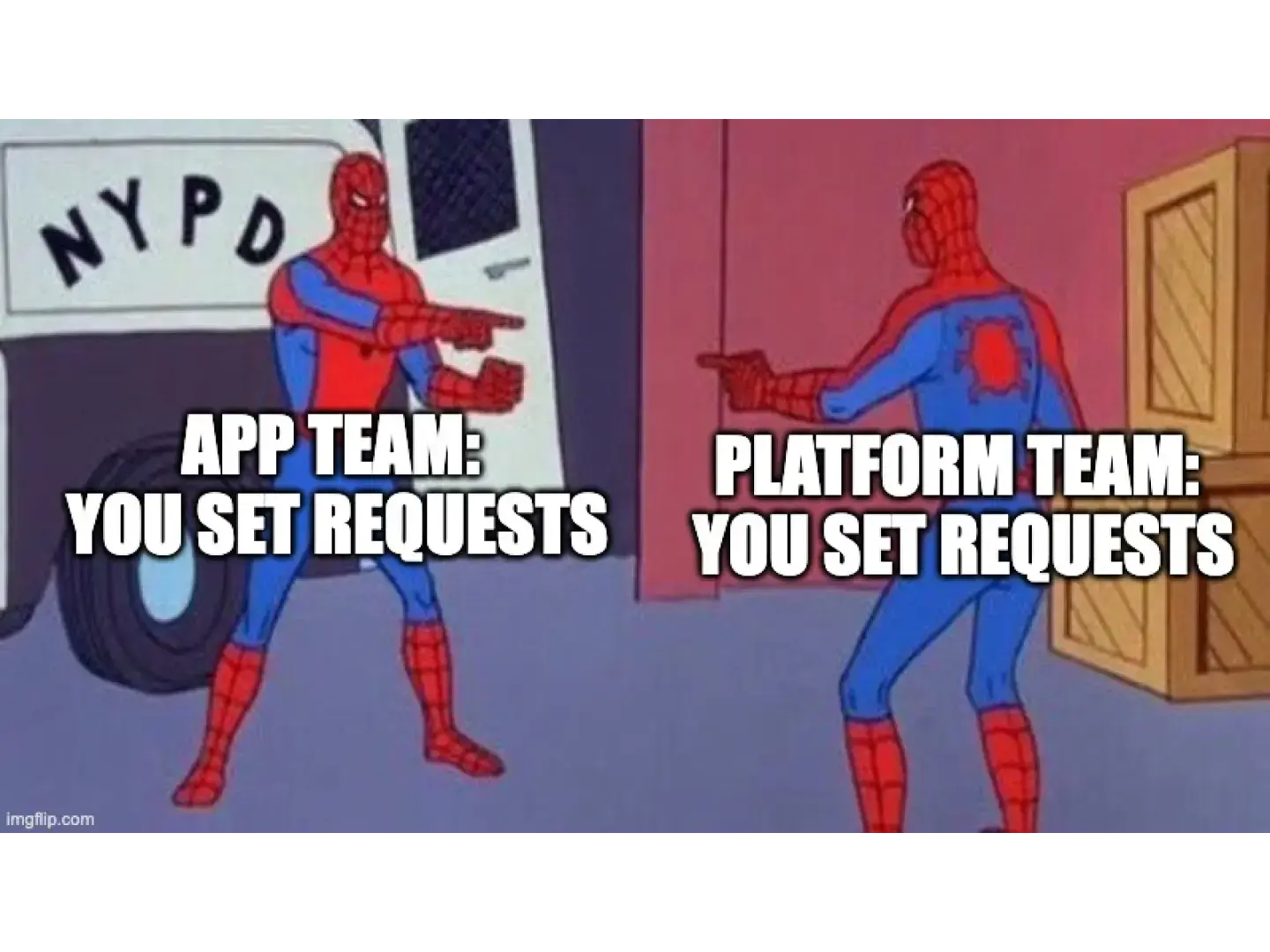Solution Brief
Kubernetes Cost Optimization
Save Up to 65% with Autonomous Rightsizing

Solution Brief
Save Up to 65% with Autonomous Rightsizing

The dynamic nature of Kubernetes workloads and the complexity of rightsizing resources make efficiently managing Kubernetes deployments to cut waste and cloud costs a huge challenge. Constantly tuning Kubernetes resources to drive down cloud costs takes time away from driving business value.
According to a CNCF Survey:
Overprovisioned workloads: Default resource requests and resource limits are typically set with a buffer across Kubernetes clusters to safeguard performance, leading to wasted compute resources.
Manual resource management: Tuning CPU and memory requests and limits manually across large Kubernetes infrastructure estates is incredibly time consuming and error-prone.
Ensuring Reliability: Rightsizing resources often comes at the expense of performance. Using common tools like the horizontal pod autoscaler make it difficult to cut costs while maintaining application performance.
Unrestricted Cloud Spending: Ungated growth of the Kubernetes cluster without continuous optimization leads to high compute costs across different cloud providers.
The simple reality is that managing Kubernetes resources involves a lot of technical complexity. It also requires constant attention as workloads needs are highly dynamic – the double edged sword of Kubernetes’ flexibility. As application usage ebbs and flows, resource allocation must be continuously adjusted accordingly.
That constant attention to resource usage across Kubernetes infrastructure translates to hours of manual toil for a single workload at every point in time. This amounts to two full time engineers worth of time required to manually deploy 500 workloads. For any organization beyond Day 1 of their Kubernetes journey, it’s simply untenable for humans to accomplish this on their own.
Figuring out where to start your cost optimization journey brings a whole new set of questions:
📚 Resource Recommendation
Closing the Day 2 Kubernetes Gap
How AI and automation can optimize Kubernetes for cost, performance, and productivity.
For any platform engineer (or those responsible for Kubernetes infrastructure and tooling), setting out to tackle Kubernetes optimization with a cost-effective resource management strategy, there’s an array of technical concepts and workflow considerations to understand.
At the most foundational level, when workloads request more resources than they actually require, they end up being overprovisioned. This results in low utilization and causes waste that translates to unnecessarily high cloud costs.
Managing Kubernetes resource utilization effectively comes down to properly setting CPU and memory requests, and limits on those workloads. In Kubernetes configuration, requests are used to set the minimum resources a container is guaranteed to access, while limits constrain the maximum resources a container can consume on a node. Finding the optimal values can be extremely challenging — especially at scale.
Rafa Brito learned about this the hard way as the platform engineering manager of a large bank in 2016 when he opened the first Kubernetes cluster to hundreds of users. He experienced what we now see as the typical resource management journey.
📚 Resource Recommendations
Deepening your knowledge of CPU and memory requests and limits will set you on the path to Kubernetes cost optimization. These resources will help you wherever you are on your resource management journey

The second source of Kubernetes overspending according to the CNCF survey is a lack of clarity around responsibilities for both teams and individuals, cited by 45% in the CNCF survey.
Typically, teams rely on developers who are incentivized to deliver new features and avoid reliability issues as much as possible. That means cost always takes a back seat to performance. There ends up being a lot of finger pointing and hot potato passing when it comes to setting CPU and memory requests and limits.
Finger pointing aside, you still end up with a ton of waste and manual toil. It all boils down to the perfect problem to let machine learning and Kubernetes automation do it for you.
By using machine learning to optimize cloud costs, StormForge Optimize Live adjusts CPU and Memory requests and limits to automatically rightsize Kubernetes resources. These resource recommendations are then automatically deployed to ensure continuous optimization of Kubernetes infrastructure costs.
Here’s a closer look at what makes Optimize Live unique among Kubernetes cost optimization tools.
Forecast-based machine learning analyzes resource usage and horizontal pod autoscaler behavior to dynamically adjust resource requests and limits based on Kubernetes workload usage, ensuring efficient utilization and accurate forecasting of needs.
Continuously automate Kubernetes deployments for cost reduction, adjusting resources on a schedule to ensure efficiency. Recommendations can be deployed on demand or gated on a threshold, ensuring only changes that you've specified get deployed.
StormForge offers a wide range of customizable configurations to incorporate all optimization strategies from savings to reliability.
Proven across cloud environments with thousands of clusters and hundreds of thousands of workloads, StormForge provides cost savings at enterprise scale without a blip.
Optimize Live layers on top of tools that already exist in the Kubernetes ecosystem. You can implement horizontal auto-scaling using the HPA or KEDA, and double efficiency improvements by adding Karpenter for node resource scaling.
StormForge integrates seamlessly with popular cloud cost reporting tools like Cloudbolt, providing granular insights into your Kubernetes costs. Together these tools provide cost monitoring and a detailed view of cloud spending and savings opportunities to quickly take action on.
Whether using Google Kubernetes Engine, Amazon Kubernetes Service, Azure Kubernetes Service, or any other cloud service, StormForge ensures that your Kubernetes infrastructure is optimized for both cloud costs and performance.
Optimize your Kubernetes environments for cost savings without sacrificing application performance or reliability using Optimize Live's machine learning and automation. Focus on driving business value and put cloud cost optimization on autopilot!
Take control of your Kubernetes deployments with StormForge’s machine learning and Kubernetes automation. Learn more about how Optimize Live can help you reduce cloud costs, improve resource utilization, and achieve K8s cost optimization.
Start getting resizing recommendations minutes from now.
Watch An Install
Free trial includes full version on 1 cluster for 30 days!
We use cookies to provide you with a better website experience and to analyze the site traffic. Please read our "privacy policy" for more information.